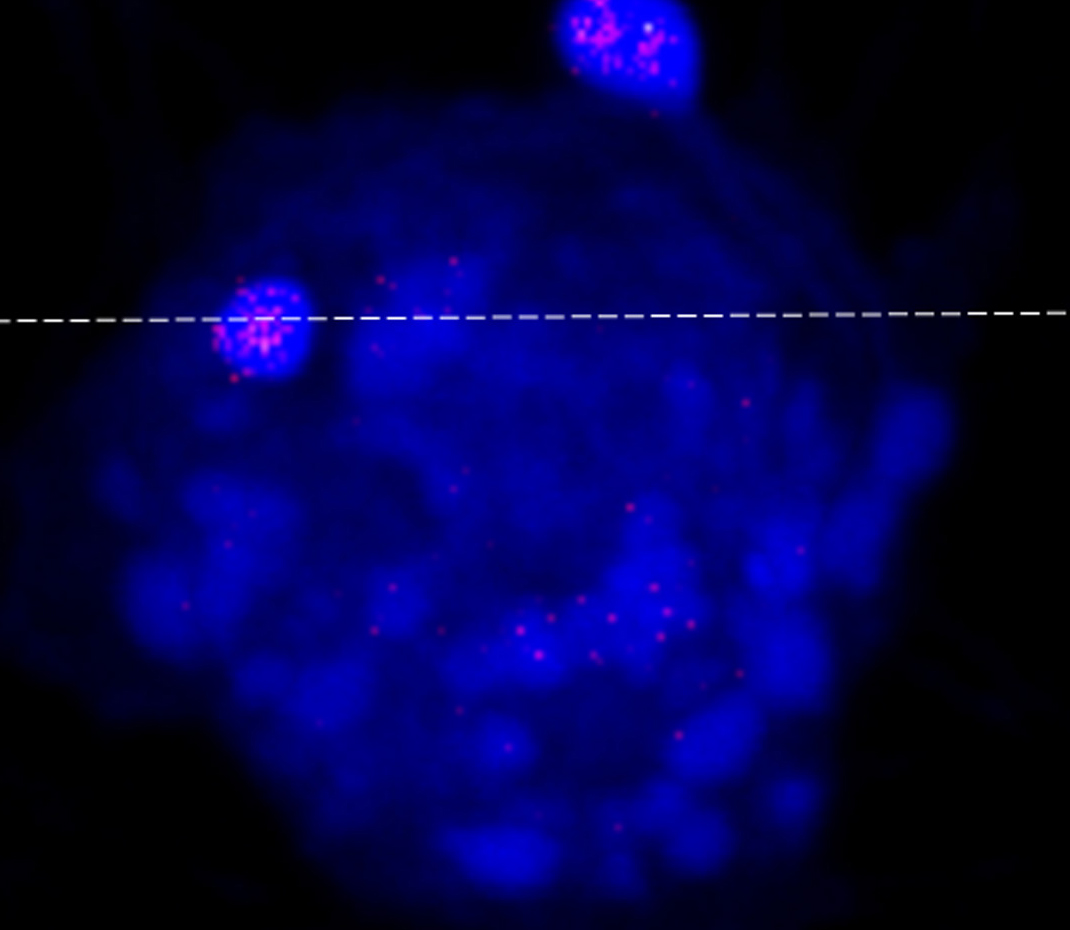By Nathan Campos
Historically, chloroviruses were thought to be very limited in their range of hosts for infection. More specifically, green algae was thought to be the only suitable hosts for chloroviruses. In 2014, a study conducted by John Hopkins University and University of Nebraska-Lincoln yielded a major surprise - gene sequences resembling those of the pathogen Acanthocystis turfacea chlorella virus 1, also referred to as ACTV-1, were discovered in the throat swabs of human participants. In a new study, ACTV-1 tagged with fluorescent dye was introduced to macrophage cells that play a detrimental role in the immune responses of humans, mice, and other mammals. After putting together a 3-D image of the mouse cells, researchers concluded that ACTV-1 was successful in its infection of the mammal cells. Before eventual apoptosis, the macrophages displayed various signs of evident viral infection. A three-fold increase of ATCV-1 was detected within the first 24 hours of introduction, suggesting that the chlorovirus could replicate within the macrophage cells. A post viral spike in interleukin 6, a cellular protein linked to particular neurological diseases and decreased spatial spatial learning, was recorded. An increase in nitric oxide, a signal molecule known to result in memory impairment when overproduced, was also observed.

No comments:
Post a Comment